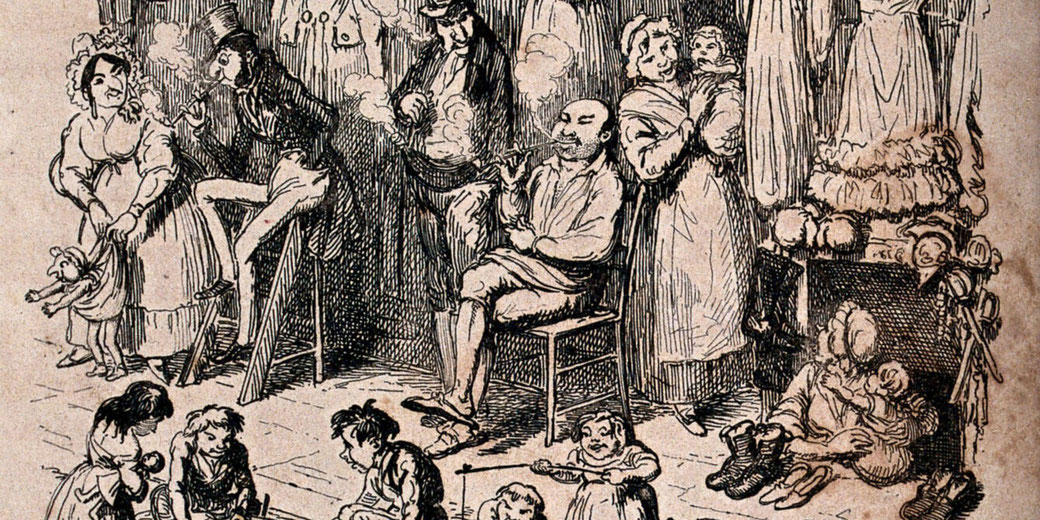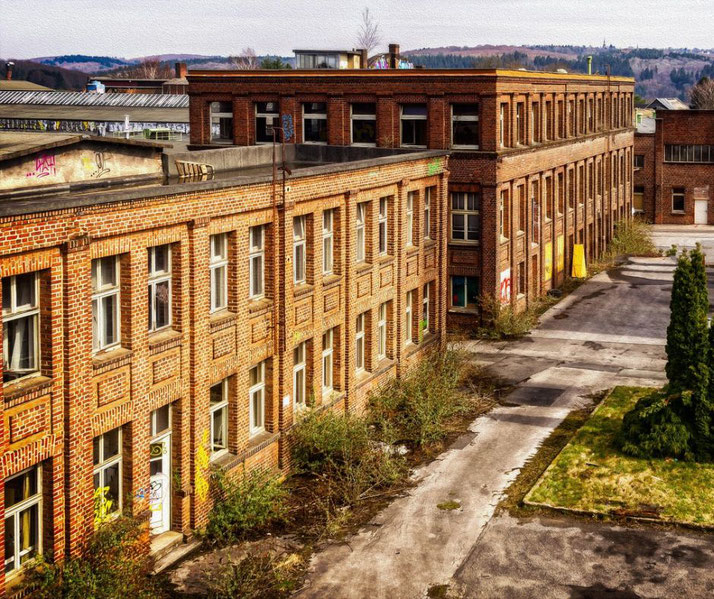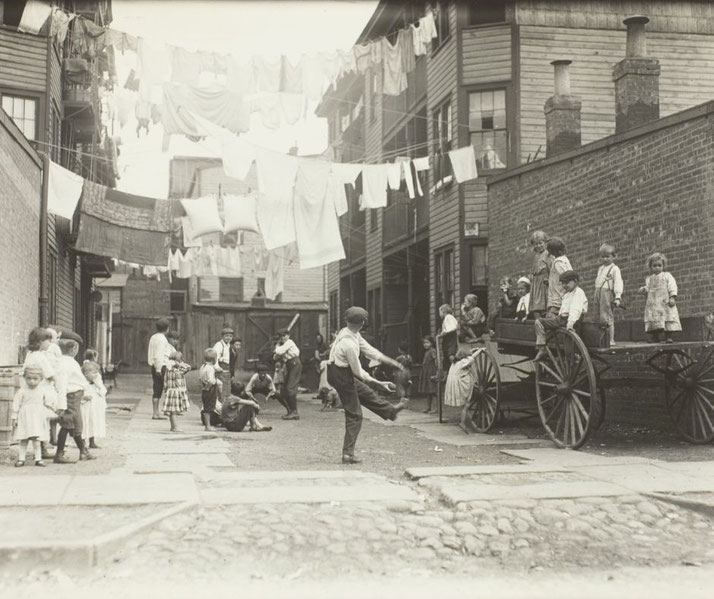The dramatic explosion of population sizes during the Industrial Revolution

The Industrial Revolution was a time of significant changes in Britain, marked by remarkable advancements in technology, the emergence of new ideas, and numerous discoveries.
The enhancement of modern agricultural practices not only increased wealth in society but also contributed to a surge in population size.
This agricultural revolution led to an increase in the number of people moving from rural areas to cities due to burgeoning employment opportunities in factories.
What were the causes of this change?
In the first half of the 18th century, from 1700 to 1750, the population of England remained relatively stable with minimal changes in size.
However, between 1750 and 1850, it is estimated that the population in England almost doubled, a dramatic increase that coincided with the Industrial Revolution.
But what is the connection between the Industrial Revolution and this population surge in Britain?

Food and diet
The first contributing factor to the increased population was the decline in death rates.
High death rates, resulting from factors such as famines, diseases, and warfare, were a common feature throughout much of British history before the Industrial Revolution.
However, improvements in agricultural technology and practices led to an increase in food production and availability.
This allowed people to consume more food and a wider variety of foods, which resulted in a general improvement in health, thereby extending adult life expectancy.
Improved health also resulted in a rise in the national birth rate, as healthier women were more likely to survive childbirth and raise healthier children due to better diets.

Marriages
Another factor contributing to the dramatic population change was a shift in marriage patterns.
In the early 18th century, it was common for people to delay marriage, resulting in a relatively high average age at marriage.
However, historical data indicates a significant drop in the average age of marriage during the Industrial Revolution.
Earlier marriages often led to larger families, as couples had more children within a generation.
This trend, though variable based on social class, location, and other factors, played a role in the population increase.
Child labor was prevalent during the Industrial Revolution. While economic factors might have influenced family size, the notion that families deliberately had more children as a means of earning more money could oversimplify the complex interplay of societal and economic conditions.
Health services
The Industrial Revolution in Britain also brought about significant changes in health services, which, in turn, impacted population sizes.
One notable advancement was the introduction of the smallpox vaccine by Edward Jenner in 1796.
While the vaccine did significantly reduce the incidence of smallpox, a widespread rollout took time, and its impact on the population size during the initial years of the Industrial Revolution was likely limited.
The Industrial Revolution also ushered in improvements in water supply and sanitation.
Before these changes, many people in urban areas relied on contaminated water sources, leading to the spread of waterborne diseases such as cholera and typhoid fever.
The introduction of cleaner sources of drinking water and improved sanitation systems reduced the incidence of these diseases, leading to improvements in public health and contributing to population growth.
However, these improvements were often slow to implement and took time to have a widespread impact.
Other advances in health care, including medical technology and new treatments for various diseases, together with changes in public health policy and increased access to health care services, contributed to overall health improvements and population growth during this period.
Urbanisation
However, population growth was still limited by a number of new factors during this period.
With the increased number of people, young adults struggled to find sufficient work in their local communities.
Before the Industrial Revolution, Europe was predominantly rural, with most people living and working in agricultural communities.
However, the rise of factories in and around major cities, it led to a wave of urbanization, and a significant number of people began leaving small towns and moving to big cities for work.
Large urban centers, such as London, Manchester, and Birmingham, experienced a doubling of their populations between 1800 and 1850, necessitating new housing construction to accommodate the influx.
However, the rapid pace of urbanization often outstripped the capacity to build adequate housing.
To meet the urgent demand, builders frequently constructed smaller, lower-quality apartments to accommodate more people in the same area.
As a result, residents often shared rent to reduce living costs, leading to overcrowded conditions in these dwellings.
These cramped conditions in hastily constructed buildings often resulted in unhealthy and unsafe living conditions.
Diseases spread rapidly in such environments, and urban areas soon saw a decline in health and wellbeing, countering many of the improvements that had initially led to population increases.

Further reading
What do you need help with?
Download ready-to-use digital learning resources
Copyright © History Skills 2014-2025.
Contact via email
With the exception of links to external sites, some historical sources and extracts from specific publications, all content on this website is copyrighted by History Skills. This content may not be copied, republished or redistributed without written permission from the website creator. Please use the Contact page to obtain relevant permission.





